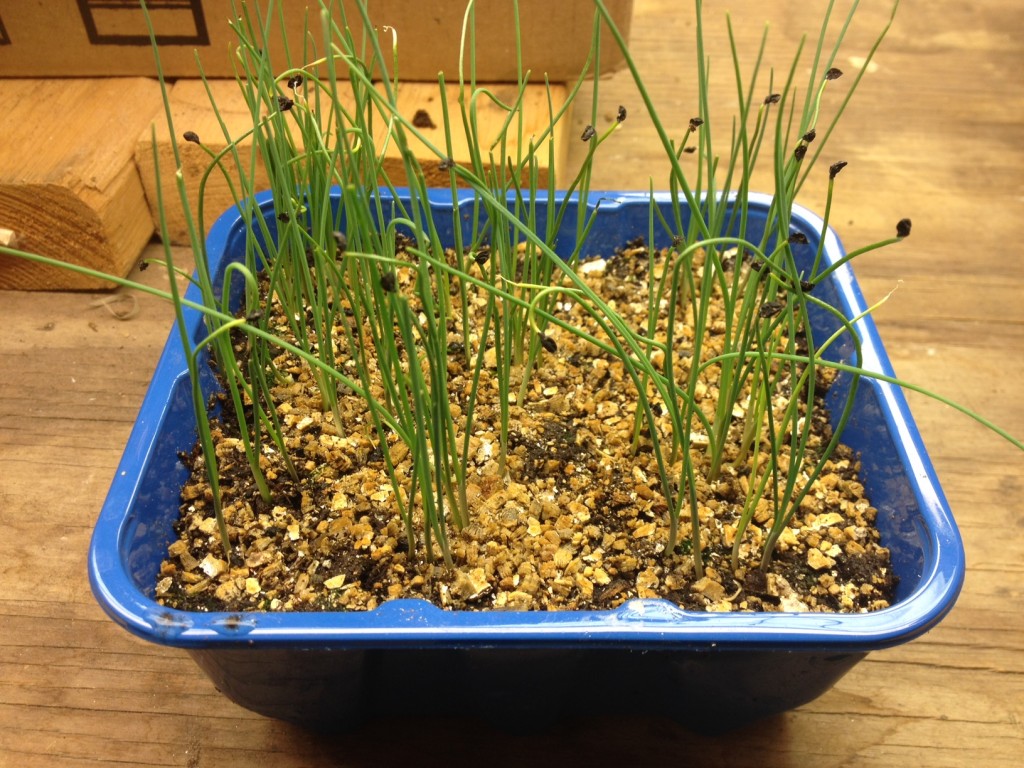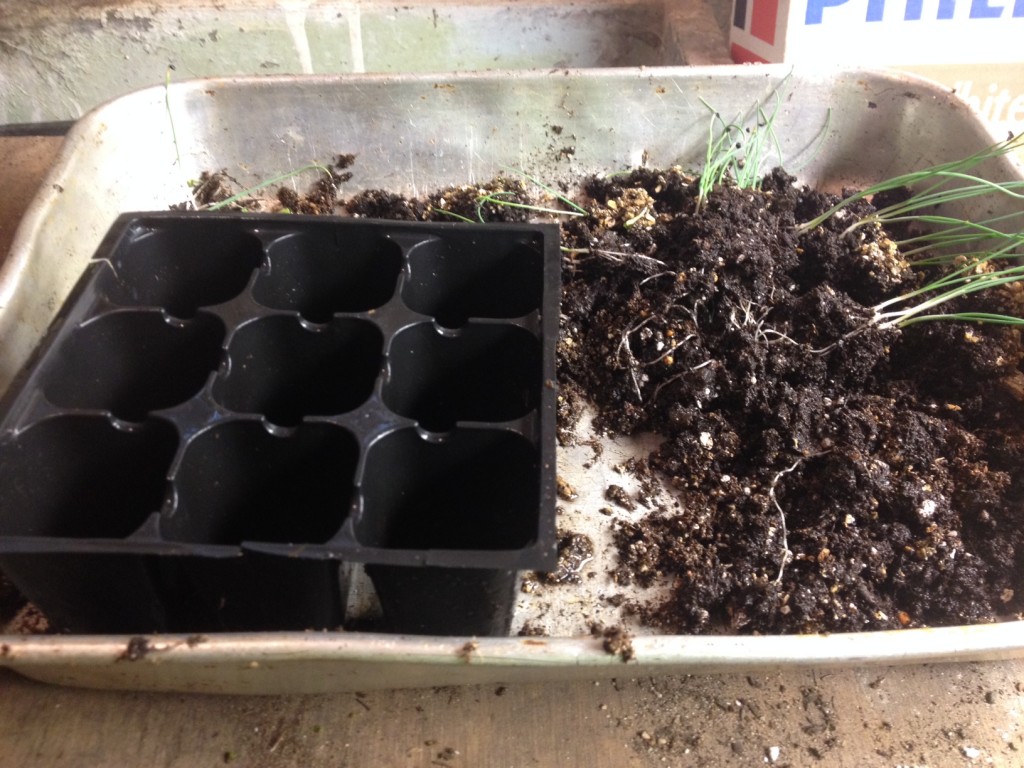I have been teaching about growing vegetables for many years. I grow vegetables because I like to cook and you get the best product if you grow it yourself. My criteria for selecting what to grow is that I either grow things that taste best when you grow it fresh like tomatoes, or I grow things that cost money in the store but are really not hard to grow at all, like lettuce and leeks.
I will say that pretty much every class I have ever taught when I mention leeks I always get questions on the topic as I think there is a misconception about growing leeks. It is not hard at all. In fact;
- Leeks are easy to grow
- Leeks are cheap to grow
- Leeks are generally easy to care for
So lets get started. What you need to grow leeks:
- A basement grow set up. WANT TO LEARN HOW TO SET THIS UP?
- Leek seed
- Soilless mix/Seed Starting mix
- Pots, water, you get the idea
Start with a small flat, pot, six-pack, whatever. Fill to within one-half inch of top edge of container with moist seed starting mix. Firm gently, sprinking seed on top being generous. Sprinkle the top of the soil/seed with vermiculite or more soil less mix to cover. Top water gently, wait until it germinates.
This was a plastic tray mushrooms from the store came in. I like the size and it is sturdy. As you can see I put a whole bunch of seed on there. Leek seed is one of the only species of seeds that don’t really do well year to year so I planted about half a package. Leek seed, as with all the Alliums, takes a good 10-14 days to germinate so be patient. Normally with most vegetables you need to thin when they hit first true leaf, but I don’t do that with leeks like I would with tomato or lettuce.
When you have the first true leaf it is time to gently seperate the plants to move them one stage up, into individual cells. Most plants appreciate you being gentle. You can pick them up by the leaves or the root ball, just do not abuse the stem. Leeks (and most onion types) are tougher than most. I just gently seperate them in a pan.
Make sure that you tease them apart and not tear the roots too much. It helps if the dirt is wet when you do this. Put a little bit of soil in each planting cell then put a leet plant in it. Each little transplant should have a few roots coming off the stem end.
Next you backfill with more soil around each plant about up to the rim of each cell or pot. Gently firm the soil around each transplant and make sure the roots are all buried. Put the containers into water that has a little bit of fertilizer in it. Remember, each seed has enough nutrients in it to get a leaf or two going, but then they need fertilizer.
The blue mushroom container planting flat had enough little seedlings that after careful division and transplanting ended up giving me 63 plants. Look for further installments on this website as they grow.





Thanks Tim for all your great information regarding seed starting. I really enjoyed your class. My leeks are up now and are about ready to be separated. I can not wait to see how they do once planted in the garden.
When do you recommend planting outside? I live in the akron area. Thinking about trying this method!
If you want to do leeks outside, I would wait until mid-march, about the same time as peas and radishes. Then follow similar steps on thinning and such. You will still have enough season for them to do well and get the size you want, although you will need to mound soil, compost or mulch OR you will want to do the direct planting in a trench. That is to get the blanched white part of leeks that is tasty and tender.
If you start them indoors now, you would transplant the seedlings in around April 1st after a period of getting them acclimated to outdoor weather.
If you are talking planting veggies outside in general then seed start peas, radishes, arugula, lettuce outside direct seeded mid-march or later depending on the forecast. Transplants of these plus cabbage family stuff go in starting around April, also forecast dependant. Last year we had a wet, but warm spring and folks were able to get some stuff in early.